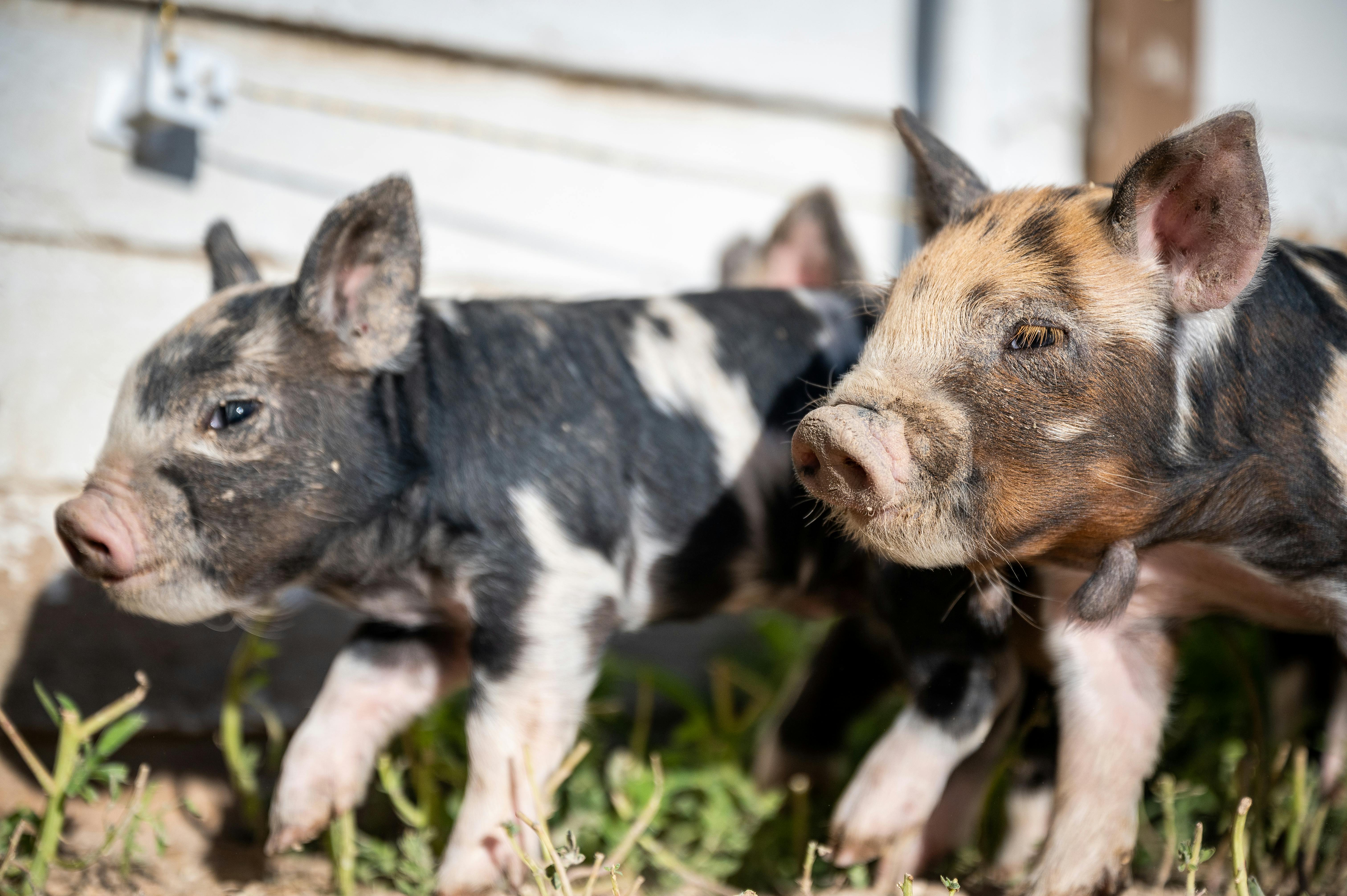
Practical Guide to Springtails Near You: Discover Solutions
Springtails are small, wingless insects that thrive in moist environments, playing a critical role in soil health and ecosystem balance. Understanding springtail identification, habitat, and behavior can help you manage their populations effectively, especially if you're dealing with infestations in gardens or homes. This comprehensive guide will explore the various springtail species, their ecological significance, and effective pest control strategies to ensure a healthy environment. Readers will gain insights into springtail biology, their lifecycle, diet, and how to identify their common types. Moreover, we'll touch on practical solutions for managing unwanted springtails while also highlighting their benefits.
Key takeaways from this article include:
- Identification and habitats of springtails.
- Ecological roles and benefits of springtails in soil health.
- Practical strategies for controlling springtail populations.
Understanding Springtail Biology and Behavior
To effectively manage springtails, it's essential to first grasp their biology and behavior. Springtails are detritivores, feeding primarily on decaying organic matter, which makes them crucial for nutrient cycling in soil. Their size typically ranges between 0.25 to 6 mm, and they display a fascinating adaptation— a furcula, or "jumping" mechanism that allows them to escape predators quickly.
Identifying Springtail Species
Identifying springtail species is critical for understanding their behavior and managing populations. Common types include the Collembola, found in gardens and compost, and the Hypogastrura nivicola, commonly seen during spring in moist areas. Each species has unique characteristics such as color, size, and habitat preferences, which can aid in effective identification.
Springtail Habitat and Ecology
Springtails thrive in diverse habitats, ranging from soil and leaf litter to compost piles and gardens. Their preference for moist environments means they typically flourish in areas with ample decaying organic matter. Recognizing where to look for springtails is essential; they often inhabit the upper layers of soil, under fallen leaves, or around plants.
Behavioral Patterns of Springtails
Springtail behavior exhibits seasonal patterns, particularly during spring when they emerge in large numbers as they take advantage of the moisture in the environment. Their locomotion is fascinating; they use their furcula to jump away when threatened, an adaptation to avoid predation. Understanding these behaviors aids in effectively monitoring and managing their populations.
Ecological Role of Springtails
Springtails play a vital ecological role, contributing significantly to soil health and fertility. By breaking down organic matter, they help improve soil structure and nutrient content, fostering an ideal habitat for plants and other organisms. Their interactions with microorganisms, including fungi and bacteria, make them key players in nutrient cycling.
Benefits of Springtails in Gardens
In gardens, springtails support plant health by aerating the soil and enhancing the decomposition of organic residues. Their presence can indicate healthy soil conditions, making them beneficial for gardeners looking to maintain fertile growing environments. However, it’s important to balance their populations, as an overload can lead to issues with specific crops.
Springtails in Compost
Springtails are often found in compost piles, where they assist in breaking down plant debris into nutrient-rich compost. Their activities help improve the composting process by enhancing microbial activity, leading to quicker decomposition. Effective compost management can attract springtails, thereby utilizing their benefits for soil enrichment.
The Relationship Between Springtails and Soil Health
Springtails serve as bioindicators of soil health due to their sensitivity to environmental changes. Their presence often signifies healthy, functioning ecosystems that support plant growth. Maintaining adequate moisture levels and organic matter can help sustain springtail populations, ultimately leading to better soil health.
Controlling Springtails: Effective Methods
When springtails become a nuisance, especially indoors, it’s vital to implement effective control methods while ensuring the safety of your plants and soil health. Understanding how to find springtails and their populations can guide control strategies effectively without harming beneficial species.
Springtail Control Methods
Controlling springtails may involve a combination of physical removal and ecological strategies. Ensure moisture levels are controlled in areas like basements, where they might thrive. Utilizing barriers and traps can also help manage indoor springtail infestations effectively.
Natural Control Strategies
Encouraging natural predators, such as certain types of beetles or nematodes, can create a balanced ecosystem that naturally keeps springtail populations in check. Avoiding over-irrigation and ensuring good drainage can limit springtail concentrations around plants.
Common Mistakes When Managing Springtails
One of the biggest mistakes in managing springtail populations is over-applying pesticides, which can harm beneficial soil organisms. Instead, focus on natural pest control strategies that promote a balanced ecosystem. It's important to recognize that some springtails can be beneficial, so distinguishing between pests and beneficial springtails is crucial for effective management.
Detecting Springtail Infestations
Recognizing springtail infestations involves being aware of the signs they leave behind. In particular, check for their rapid movements in moist areas, such as soil or underneath decaying organic matter. Their presence is often most noticeable during the moist spring season.
Signs of Springtail Infestations
Detecting springtails can be accomplished by examining soil samples or using moisture-activated traps. Recognizing their tiny movements can help identify areas where they are concentrated, providing insight into effective control measures. A close examination of damp areas can reveal signs of infestation and the presence of springtail webs.
Monitoring Springtail Populations
Setting up monitoring traps can aid in evaluating springtail populations in your environment. Regular inspections of compost heaps, mulch, or moist garden areas can help manage their numbers effectively and inform control strategies. This proactive approach not only helps in managing springtails but also promotes overall soil health.
Effective Strategies to Prevent Springtails Indoors
Preventing indoor springtail infestations involves ensuring moisture levels in homes are adequately controlled. Seal potential entry points, such as cracks around windows and doors, and address any leaks promptly. Keeping indoor humidity in check will deter springtails from settling in living spaces.
Conclusion
Springtails play an essential role in maintaining healthy soil ecosystems. Understanding their biology, behavior, and ecological significance helps not only in managing unwanted populations but also in appreciating their benefits. Through effective control strategies and awareness of their habitats and behaviors, you can ensure a healthy balance in your gardens and lawns. By recognizing the signs of springtail infestations and adopting proactive prevention measures, you can manage these tiny insects effectively while reaping the benefits they offer to soil health and plant vitality.

